Optimal Timing for Foundation Repairs
Foundation repairs are most effectively performed during specific periods when environmental conditions support stable and safe work. Optimal timing depends on climate, soil conditions, and seasonal weather patterns. Proper timing can help ensure the longevity and effectiveness of repairs, minimizing disruptions and potential complications.
Spring offers moderate temperatures and manageable moisture levels, making it suitable for foundation work. However, heavy rains can sometimes cause delays.
Summer provides longer daylight hours and dry weather, ideal for construction activities. Extreme heat may pose challenges for workers and materials.
Fall typically features cooler temperatures and less humidity, creating favorable conditions. Planning repairs before winter is recommended.
Winter often presents cold temperatures and potential frost, which can hinder excavation and curing processes. Repairs are best avoided during freezing conditions.
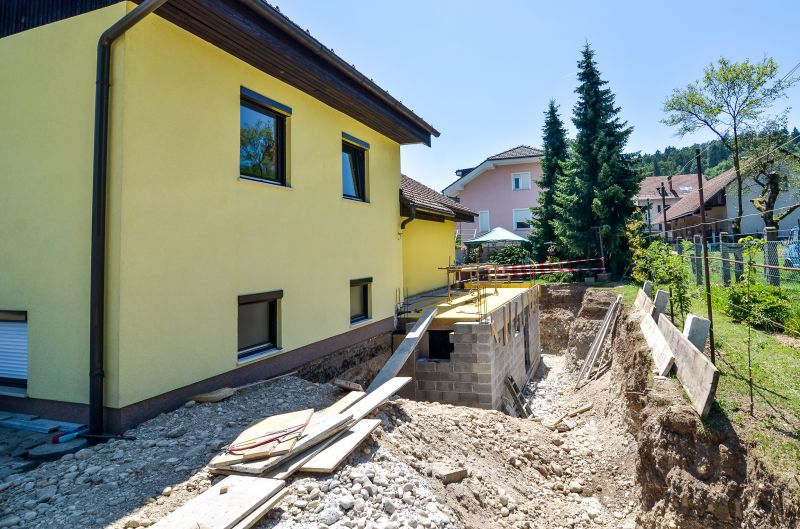
An experienced crew performing foundation stabilization.
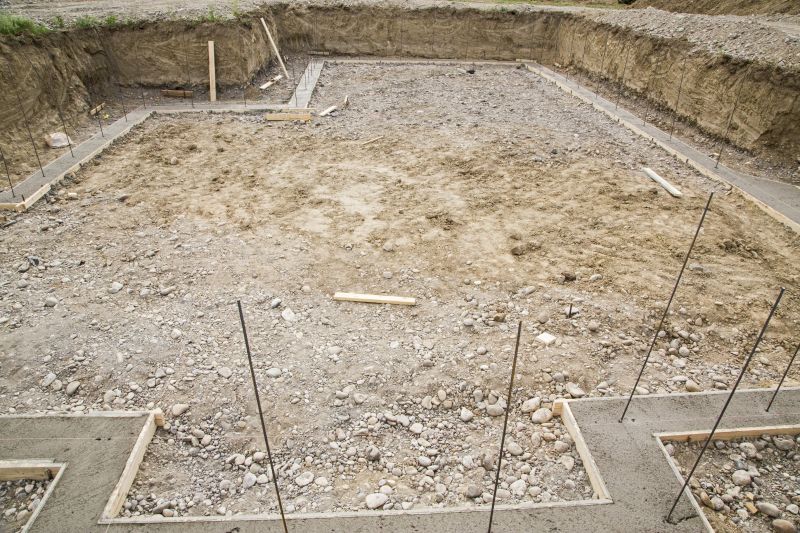
Excavation and soil treatment to prepare for repairs.
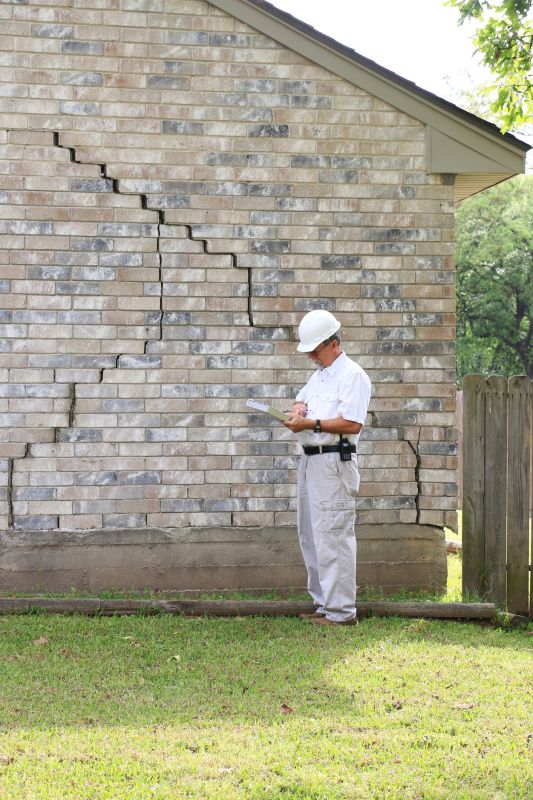
Assessment of foundation issues before repairs begin.
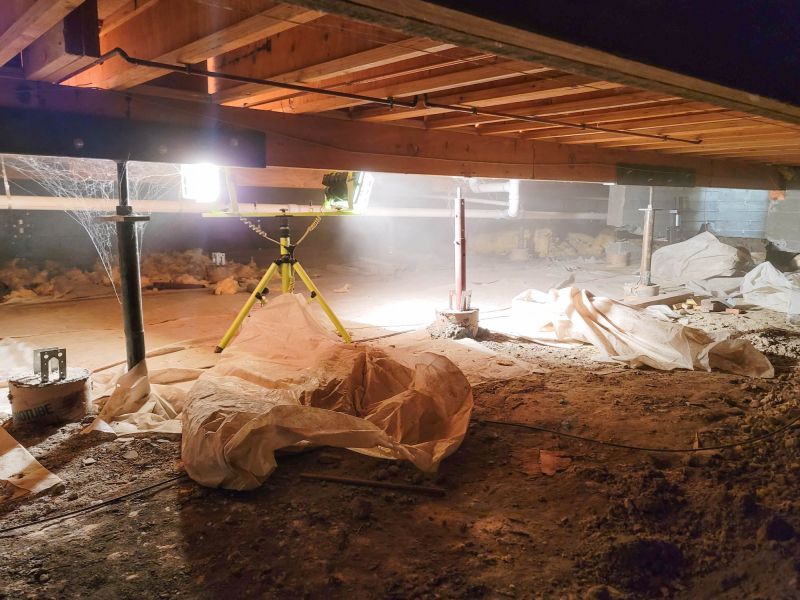
Ways to make Foundation Repairs work in tight or awkward layouts.

Popular materials for Foundation Repairs and why they hold up over time.

Simple add-ons that improve Foundation Repairs without blowing the budget.
| Season | Ideal Conditions |
|---|---|
| Spring | Moderate temperatures, manageable moisture levels, occasional rain |
| Summer | Dry weather, longer daylight, higher temperatures |
| Fall | Cooler temperatures, less humidity, stable soil conditions |
| Winter | Cold temperatures, frost, potential delays |
Foundation repairs are critical for maintaining structural integrity and preventing further damage to a property. Proper timing ensures that repairs are effective and durable. Seasonal considerations, such as soil moisture and weather stability, influence the success of repair projects. Planning repairs during periods of favorable environmental conditions can reduce risks associated with soil movement and material curing.

A completed foundation stabilization project.
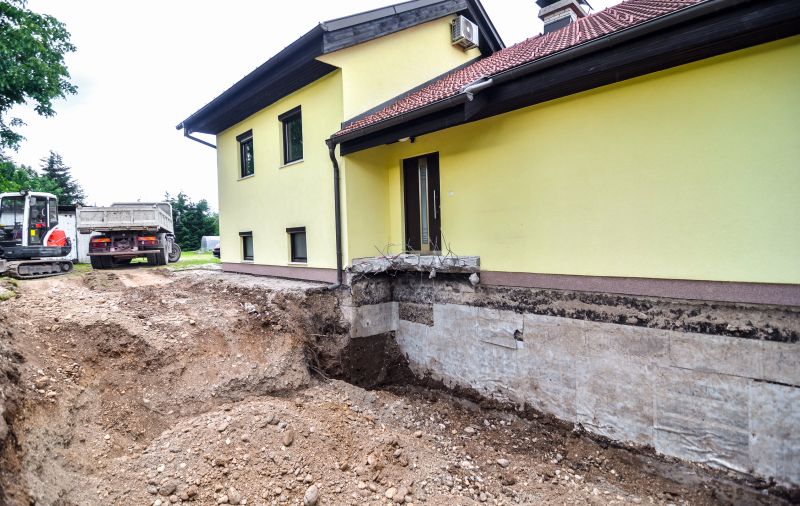
Assessing soil conditions to determine repair needs.
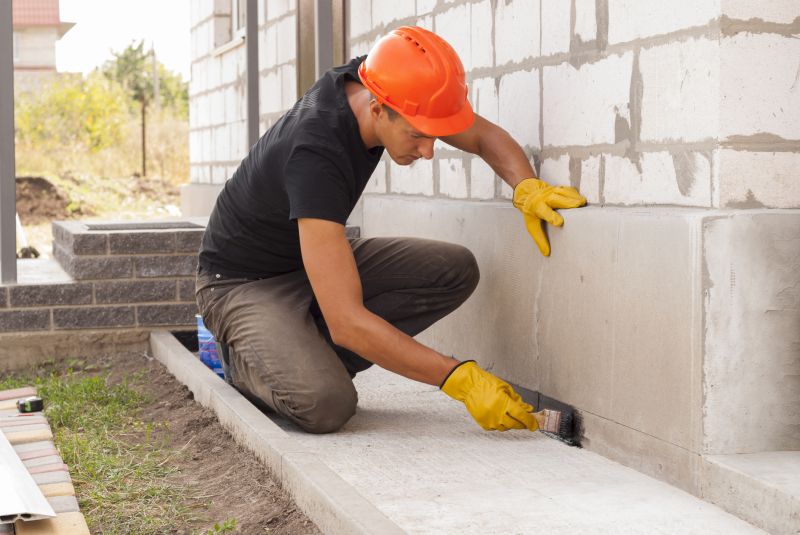
Detailed assessment before starting repairs.
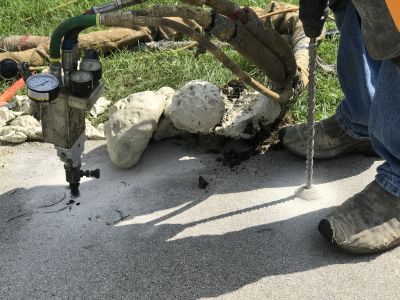
Tools and machinery used in foundation stabilization.
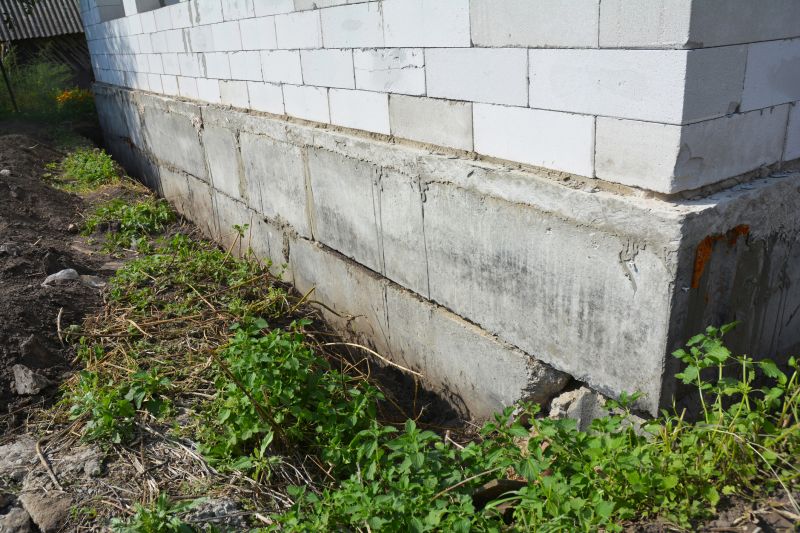
High-end options that actually feel worth it for Foundation Repairs.

Finishes and colors that play nicely with Foundation Repairs.
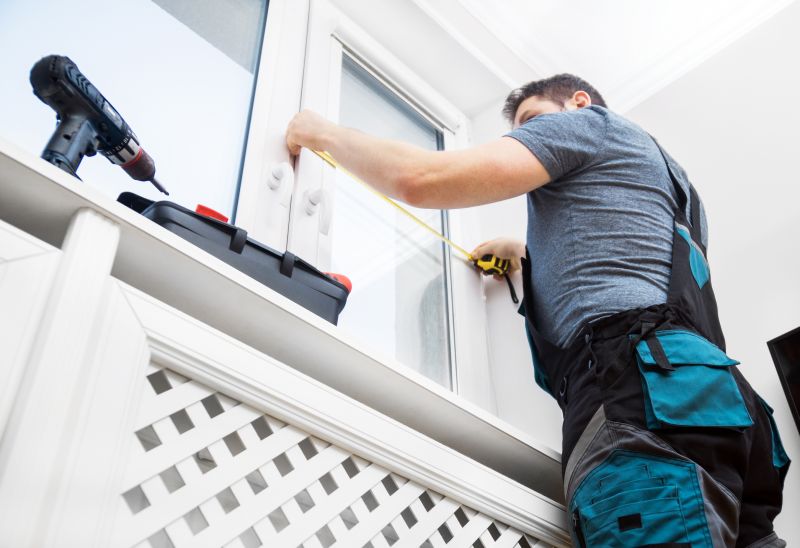
Little measurements that prevent headaches on Foundation Repairs day.
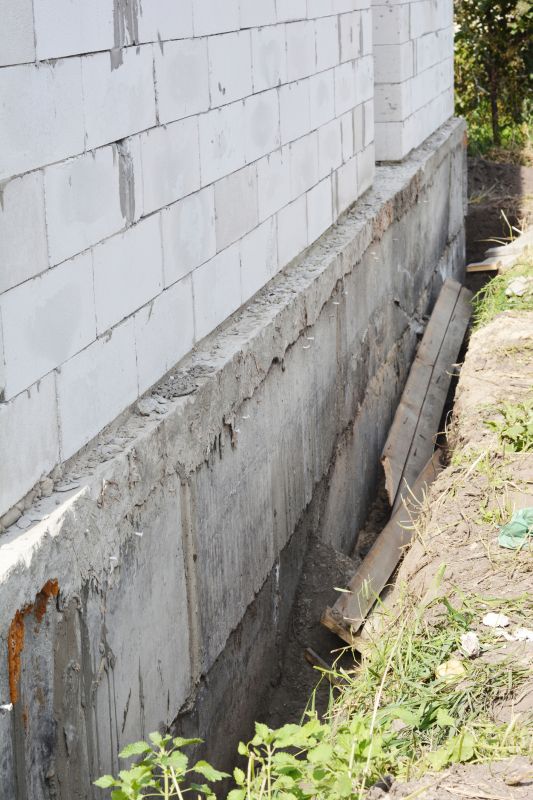
A 60-second routine that keeps Foundation Repairs looking new.
Interested property owners in Chesapeake, VA, can consider scheduling foundation repairs during the most suitable seasons to ensure optimal results. Proper timing can help minimize disruptions and improve the durability of the repair work. For further assistance or to discuss specific needs, filling out the contact form is recommended.


